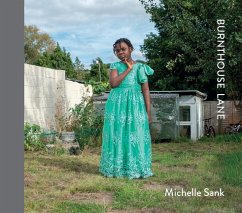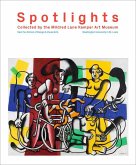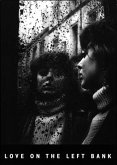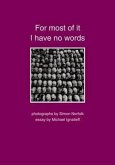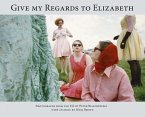The Burnthouse Lane estate was first dreamt up by Exeter Council in the idealistic 1920s to rehouse impoverished people from the West Quarter slum. Designed along Garden City lines and purposely self-contained it was a place for working-class families to live. In the 1980s, Margaret Thatcher's Right to Buy scheme meant that some of the properties became privately owned, but Burnt House Lane is still referred to as a council estate. The deprivation it was supposed to overcome has continued to haunt it, but the isolated nature of the estate and its intricate labyrinth of lanes, have also made for positives, such as a close-knit community and a sense of solidarity among the residents. Michelle Sank has developed an international reputation for her powerful environmental portraits. She has published four previous books and has exhibited widely across the world. Born in South Africa, Michelle Sank settled in the UK in 1987. She cites this background as informing her interest in sub-culture

